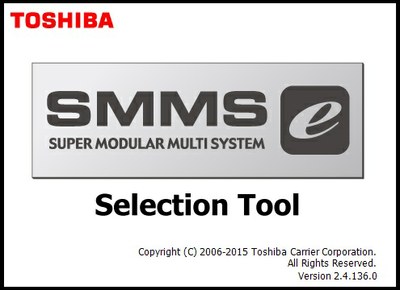It is the policy of the Sheet Metal and Air Conditioning Contractors’ National Association (SMACNA) to continually
revisit and update the technical manuals that have become the backbone of the industry.
With this policy in mind, a Task Force was organized and tasked with the purpose of reviewing and bringing up to
date the HVAC Systems Applications. This manual is often referred to as oneofthree manuals that constitute SMACNA’s approach to HVAC systems. The other two manuals making up this group are the “HVAC Systems – Duct Design”
manual and the “HVAC Systems – Testing, Adjusting and Balancing” manual. It is recommended that this manual be
used in conjunction with the latest ASHRAE (American Society of Heating, Refrigeration and AirConditioning
Engineers) “HVAC Applications” handbook.
Accordingly, the Task Force found areas that were in need of updating, primarily due to the advancement of technology, since the manual was last revised. This included hardware as well as software improvements. In addition, the
science and methodology of Heating, Ventilating and Air Conditioning has changed, with an increased emphasis on
energy efficiency and sustainability.
As you review this 2nd edition, you will notice that some chapters have been renamed, others have been deleted, and
the order of the remaining chapters presented has been adjusted. However the emphasis is still on Air and Hydronic
systems. You will also notice new topics of discussion, i.e.:
Displacement Ventilation
Variable Flow Refrigerant systems
Fan Wall Systems
HVAC Systems as they pertain to Sustainable Buildings
Updated review of modern Variable Frequency Drives
Revised/Updated Figures
Expanded chapters for Smoke Control, Cleanrooms and Laboratory HVAC systems
It is the hope of the Task Force that this revised manual will be of value to those contractors who participate in the
Design Build arena, as well as those that are involved with retrofitting existing building systems. For those working
in the retrofit market, references to systems that may be obsolete by today’s standards have been retained to offer an
insight into these systems.
Finally, the Glossary has also been updated to reflect these changes.
Click Here To: Download








